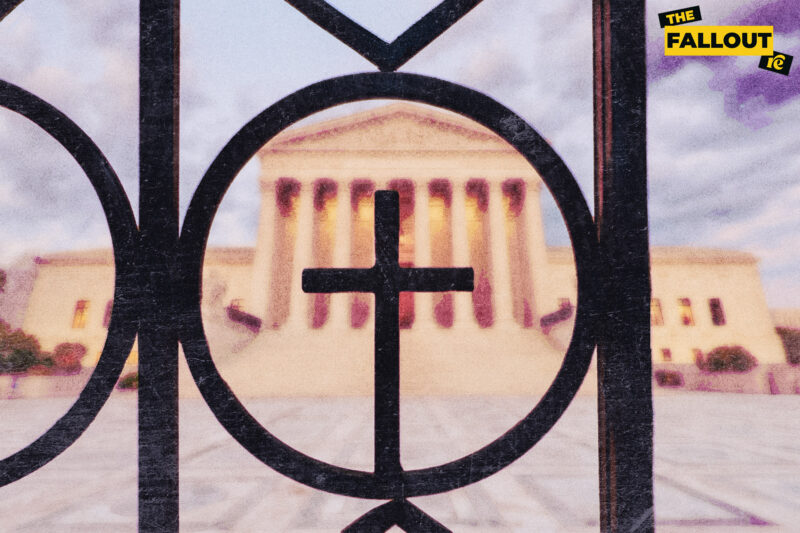SCOTUS Effectively Blocks Nation’s First Publicly Funded Religious Charter School
The Court’s tied 4-4 opinion defended the separation of church and state but left the door open for religious schools to sue for taxpayer funding in the future.

In an unsigned one-page opinion, the Supreme Court on May 22 split 4-4 on whether Oklahoma could create the country’s first publicly-funded Catholic charter school. Because of the tie, a prior court ruling that the religious school cannot receive public funding stands—for now.
The ruling involved two cases—Oklahoma Statewide Charter School Board v. Drummond and St. Isidore of Seville Catholic Virtual School v. Drummond—which were consolidated into a single Supreme Court case. The issue in the case was straightforward: Can states fund religious schools directly via their charter school programs?
Both cases involved a planned public charter school in Oklahoma that would be run by two Catholic dioceses. The planned public school, St. Isidore, was to be designed in the spirit of the church and serve its “evangelizing mission.”
In June 2024, the Oklahoma Supreme Court put the brakes on this plan. It ruled that using taxpayer money to fund religious charter schools would violate the state constitution, which forbids the use of public money “for the use, benefit, or support of any sect, church, denomination, or system of religion.”
Justice Amy Coney Barrett recused herself from the Supreme Court’s case. Without her vote, the justices split evenly—and when SCOTUS ties, the lower court wins. This means no national precedent has been set, and a similar case is likely to reach the Court in the future.
St. Isidore was designed as an online K-12 school that would openly teach Catholic doctrine with public funding. As Rewire News Group noted in January 2025, it raised serious constitutional questions about both the separation of church and state and the role of religious education in public schools.
The case was a trial balloon of how far the Court is willing to go in redefining “public education,” and whether it would dismantle the wall between church and state.
The balloon didn’t float this time, but they will likely try again. The separation of church and state in the U.S. remains in contention.
This article was adapted from a BlueSky thread.
